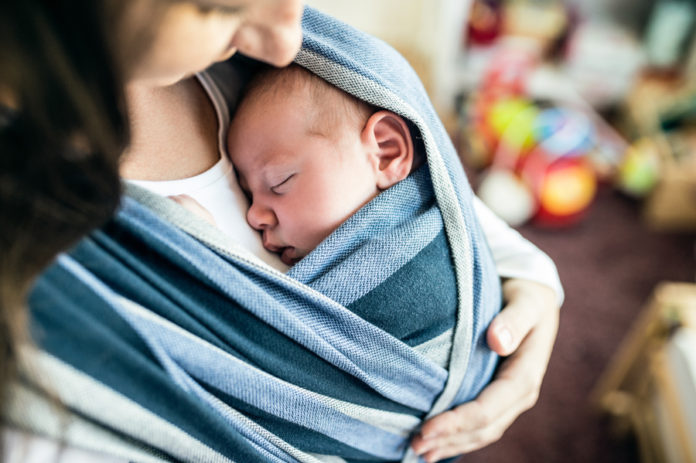As a mental health therapist serving families for more than fifteen years now, I’ve had the good fortune of training under and working with the professionals who have pioneered the field of Infant Mental Health (IMH). I’d like to share the foundational theory of “attachment work,” and its importance in serving our young children and families.
Once an infant is born, it begins to communicate with its caregivers in very subtle, yet powerful ways. Even before infants can use actual language, they give off a series of non-verbal cues. When their caregiver can read and respond appropriately, this becomes an unspoken dialect between the two. It is quite astounding to witness.
Over time as children develop, their need for sensitivity and responsiveness from their trusted caregivers does not change. As children age, responsive caregivers will learn the new language of what the child needs. This all traces back to our instinctual need to survive and thrive as a human species. Whether an infant, child, adolescent, adult or older individual, our need to connect with each other is primal in nature, and when this is done well, humans thrive.
Attachment Styles
The term ‘attachment,’ as it refers to a mutual relationship between a caregiver and a child, was coined by John Bowlby, a researcher that studied relationship patterns between caregivers and their children. Mary Ainsworth, another leading researcher in the field of attachment, also studied these patterns. Following years of research, four main patterns of parent-child interactions were identified, then classified to indicate behaviors that signaled healthy (secure) attachment styles and unhealthy (insecure) attachment styles. These are now known as attachment styles: Secure Attachment, Insecure/Avoidant Attachment, Insecure/Ambivalent Attachment, and Disorganized Attachment.
Researchers and mental health professionals now agree in their understanding of the importance of secure attachment parenting for young children, ages birth to five. Here are two significant lessons with regard to this critical age group:
Lesson 1: The brain of a young child in this age range is developing new neurological connections at such an exponentially high rate that it’s almost unbelievable. The significance of their experiences cannot be minimized: they begin to lay a very real foundation of what is expected in their interactions with adults later in life, whether healthy or unhealthy.
Lesson 2: If a young child receives consistent, sensitive caregiving responses from their caregivers during these ages, he/she has a CONSIDERABLE advantage in their later emotional, academic, and social functioning when compared with a child who does not receive these sensitive, predictable responses.
To further illustrate this point, there is a recent study, coined the ACES study (Adverse Child Experiences Study) by the folks at HMHB. It focuses on adults who experienced multiple, traumatic experiences as a child and they found that these adults have significantly higher rates of depression, struggles with mental health issues, heart attacks, stroke, physical health problems, and earlier death. Those who conducted the ACES study know what IMH professionals already knew: early secure attachment relationships are not just ‘feel good’ relationships for children, they actually save lives.
Children who experience inconsistent caregiving relationships, especially relationships characterized by conflict, an unresponsive caregiver, or abusive interactions, have a much more difficult time in the following areas: academic, social, self-confidence, decision making, trust in later relationships, and the list goes on.
Children who experience trusting, predictable relationships with their caregivers, however, have the neurological and emotional advantage of being able to use that caregiver’s calm consistent responses to help them to regulate strong emotions such as anger, sadness, frustration. This in turn leads to organized thinking and behaviors, less internal conflicts, higher levels of self-confidence, better decision making, and healthier future relationships with loved ones and their own children.
For parents and children who are struggling in their relationships, the mental health community has successfully developed and trained therapists, including myself, in implementing evidence-based attachment based therapies that work. A few of these evidence based therapies that are improving outcomes for caregivers of young children include: Circle of Security, Child Parent Psychotherapy, In vivo (live) coaching for parent-child issues, Parent-Child Interaction Therapy (PCIT), and Trauma Based Cognitive Behavioral Therapy. If you are interested in speaking to me about your infant, child/adolescent, you can contact Blue Sails Counseling and Consulting, LLC group at (410) 231-0488.
For more information on attachment based research, visit www.zerotothree.org
Many thanks to attachment pioneers: Dr. Mary Margaret Gleason, MD, Dr. Allison Boothe, Ph.D., Dr. Charlie Zeanah and Dr. Paula Zeanah, Dr. Larrieu.











